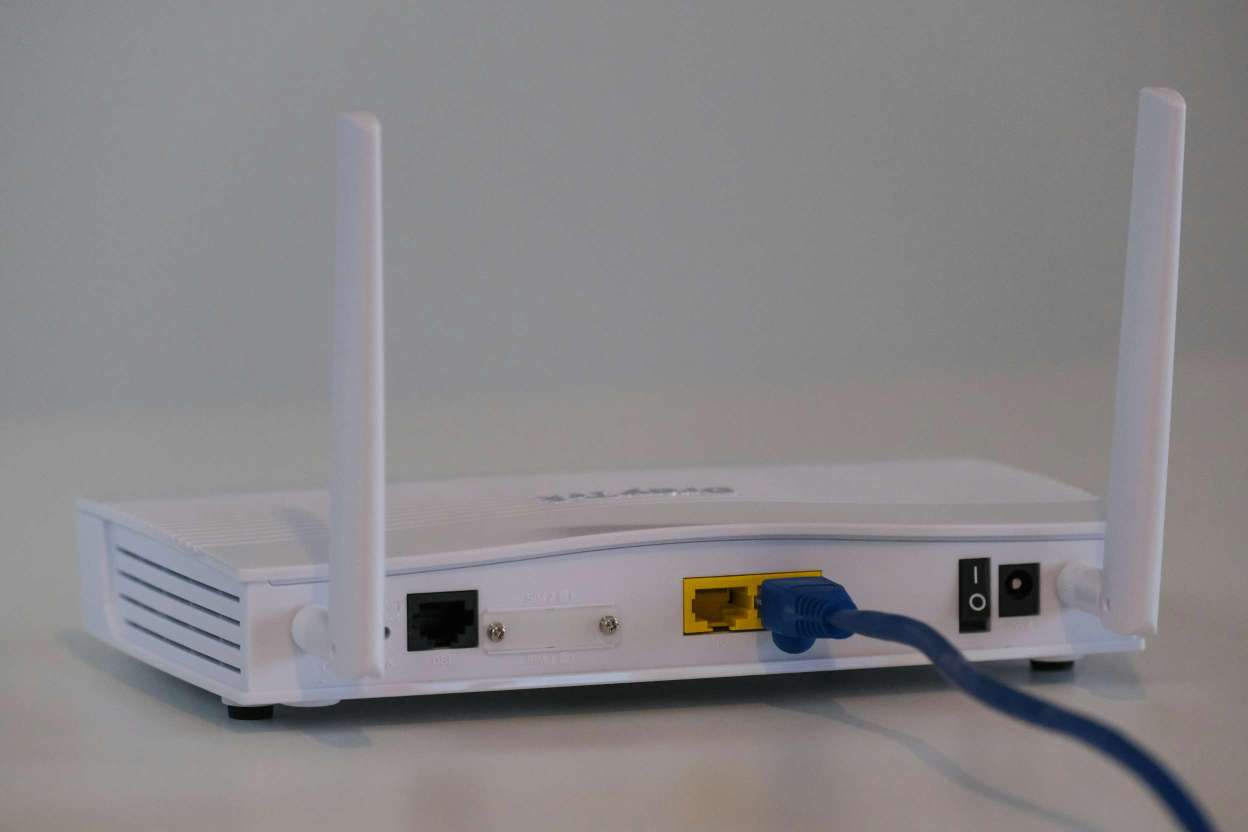Broadband: The Lifeline of the Digital World
5 min read
17 Aug 2024
In today's interconnected society, broadband has become the lifeline that keeps the digital world thriving. High-speed internet access is no longer a luxury but a necessity, essential for everything from remote work and online education to telemedicine and entertainment. As we explore the significance of broadband, we'll delve into its impact on various aspects of modern life, the technological advancements driving its growth, and the future of broadband connectivity.
The Importance of Broadband
Broadband connectivity is the backbone of the digital economy, enabling seamless communication, access to information, and the delivery of a wide range of services. Its importance can be seen across multiple domains: Education: With the rise of e-learning, broadband ensures students can access educational resources, participate in virtual classrooms, and collaborate with peers online. Healthcare: Telemedicine relies on broadband to connect patients with healthcare providers, facilitating remote consultations, diagnostics, and monitoring. Business: Broadband supports remote work, cloud computing, and digital collaboration tools, driving productivity and innovation in the modern workplace. Entertainment: From streaming services to online gaming, broadband delivers high-quality content and interactive experiences to users around the globe. Social Connectivity: Social media platforms and video conferencing tools depend on broadband to keep people connected, regardless of geographical distances.

Technological Advancements in Broadband
The evolution of broadband technology has been marked by significant advancements that have enhanced speed, reliability, and accessibility: Fiber Optics: Fiber-optic technology has revolutionized broadband by offering faster and more reliable internet connections compared to traditional copper cables. This technology uses light signals to transmit data, resulting in higher bandwidth and lower latency. 5G: The rollout of 5G networks is set to transform broadband connectivity by providing ultra-fast speeds, reduced latency, and increased capacity. 5G will support a wide range of applications, from smart cities to autonomous vehicles. Satellite Internet: Innovations in satellite technology are expanding broadband access to remote and underserved areas. Low Earth Orbit (LEO) satellites, in particular, promise to deliver high-speed internet with lower latency compared to traditional satellite services. Wi-Fi 6: The latest Wi-Fi standard, Wi-Fi 6, offers faster speeds, greater capacity, and improved performance in congested environments, enhancing the overall broadband experience for users.
Broadband and Digital Inclusion
While broadband has the potential to bridge the digital divide, significant disparities in access still exist. Digital inclusion efforts aim to ensure that everyone, regardless of location or socio-economic status, can benefit from broadband connectivity: Rural and Underserved Areas: Expanding broadband infrastructure to rural and underserved communities is crucial for ensuring equitable access to digital services and opportunities. Affordability: Making broadband affordable is essential for widespread adoption. Initiatives such as subsidies and public-private partnerships can help lower costs for low-income households. Digital Literacy: Promoting digital literacy and skills development is vital for empowering individuals to effectively use broadband for education, work, and personal growth.
The Future of Broadband
The future of broadband looks promising, with continuous advancements poised to further enhance connectivity: Increased Speeds: Ongoing improvements in fiber-optic technology, 5G, and other innovations will continue to boost broadband speeds, enabling more data-intensive applications and services. Wider Coverage: Efforts to expand broadband infrastructure and leverage emerging technologies like satellite internet will help achieve universal coverage, bringing high-speed internet to even the most remote areas. Smart Infrastructure: The integration of smart technologies into broadband networks will enhance their efficiency, reliability, and adaptability, supporting the growing demands of the digital age.
Conclusion
Broadband is the lifeline of the digital world, underpinning the myriad ways we connect, communicate, and interact in modern society. As technology continues to evolve, the expansion and enhancement of broadband connectivity will be pivotal in driving economic growth, improving quality of life, and fostering digital inclusion. By addressing the challenges of access, affordability, and digital literacy, we can ensure that the benefits of broadband reach everyone, creating a more connected and empowered world.
More Articles

Data Mesh: The Game-Changer in Data Architecture
6 min read | 30 Jun 2024

Why Data Fabric is the Future of Data Management
7 min read | 29 Jun 2024

The Secret to Effective Data Governance Revealed!
7 min read | 28 Jun 2024

Unlock the Power of Business Intelligence (BI) – The Ultimate Guide
5 min read | 27 Jun 2024
More Articles

Renewable Energy Technologies: Powering the Future with Sustainable Solutions
5 min read | 09 Aug 2024

Biotechnology Breakthroughs: Advancements in Health, Agriculture, and Beyond
6 min read | 08 Aug 2024

The Rise of Voice Assistants: How AI-Powered Devices Are Reshaping Daily Life
7 min read | 07 Aug 2024

Augmented Reality: Beyond the Hype - Practical Applications and Future Prospects
7 min read | 06 Aug 2024
